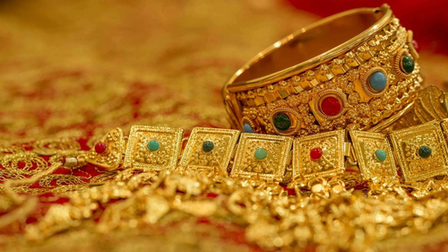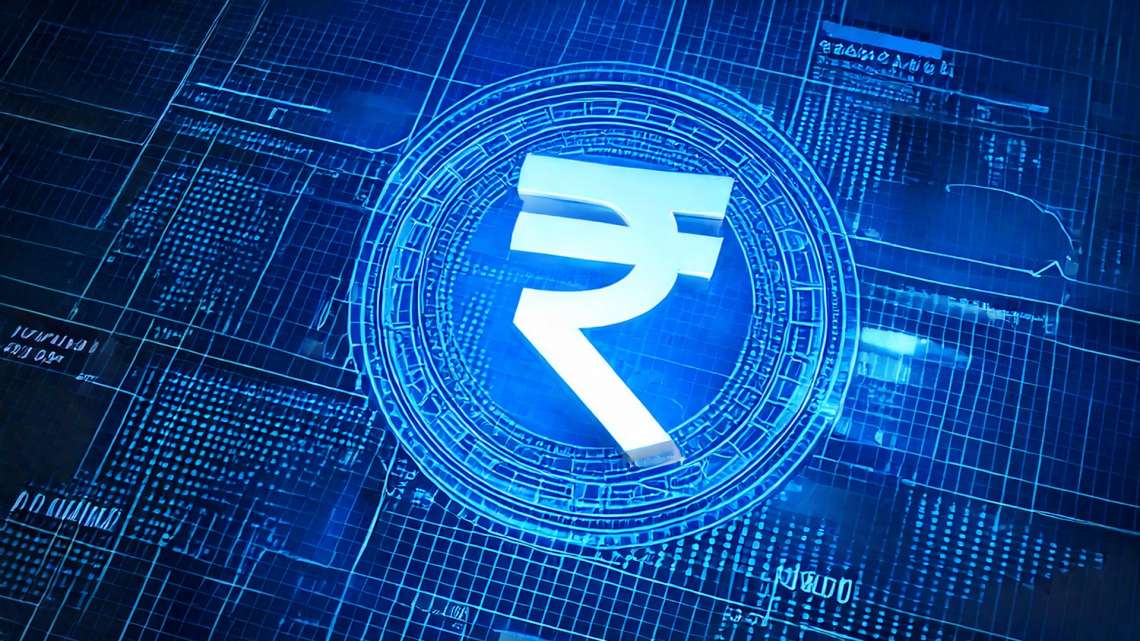The GJEPC noted that product diversification has played a major role in sustaining momentum. Lightweight and contemporary designs are gaining traction among younger global consumers, helping Indian jewellers appeal to a wider demographic
India’s gems and jewellery exports witnessed a significant surge in July 2025, recording a 15.98 per cent growth ahead of the impending US tariff deadline. According to data released by the Gems and Jewellery Export Promotion Council (GJEPC) on Wednesday, overall gross exports rose to $2.18 billion (Rs 18,756.28 crore) during the month, compared to $1.88 billion (Rs 15,700 crore) in the same period last year.
The growth was mirrored by imports, which climbed even higher in percentage terms. Overall gross imports of gems and jewellery grew by 26.55 per cent to $1.8 billion (Rs 15,587.73 crore) in July 2025, compared to $1.43 billion (Rs 11,956.04 crore) in July 2024. The sharp rise in both exports and imports reflects accelerated trade activity before new US tariffs take effect in August.
Industry experts said the increase was not solely due to seasonal demand for the upcoming Indian festive and Western holiday seasons. Much of the trade activity was brought forward into July as a preventive measure, with exporters and importers seeking to safeguard against price shocks and trade slowdowns once tariffs are implemented.
The GJEPC noted that product diversification has played a major role in sustaining momentum. Lightweight and contemporary designs are gaining traction among younger global consumers, helping Indian jewellers appeal to a wider demographic. Improved market access through agreements such as the India-UAE Comprehensive Economic Partnership Agreement (CEPA) has also strengthened competitiveness in key markets.
In cut and polished diamonds, exports surged to $1.07 billion (Rs 9,230.66 crore) in July 2025, a 17.76 per cent increase from $910.13 million (Rs 7,608.79 crore) in July 2024. This was largely attributed to advance stocking by global buyers anticipating price fluctuations and currency volatility. Enhanced efficiency in manufacturing, higher quality standards, and deeper penetration into emerging markets also fuelled demand for Indian diamonds.
Imports of cut and polished diamonds rose by 32.02 per cent to $113.75 million (Rs 980.65 crore) in July 2025 from $86.16 million (Rs 720.13 crore) in July 2024. The increase reflects efforts by manufacturers and traders to secure inventory ahead of the busy festive and wedding seasons, when domestic and international demand peak.
Between April and July 2025, rough diamond imports totalled $4.37 billion (Rs 37,475.56 crore), a modest year-on-year growth of 1.48 per cent in dollar terms and 4.21 per cent in rupee terms. Traders have been stockpiling rough diamonds as a hedge against tariff-related disruptions and rupee depreciation. These stockpiles are expected to feed processing activity for demand in India and overseas markets such as the UAE and UK.
Colin Shah, Managing Director of Kama Jewellery, emphasised the complexity of the current trade environment. “The gems and jewellery exports are witnessing a dynamic shift, earlier due to geopolitical tensions and now because of tariff complexities. The strong performance in July 2025 is a cautionary uptick ahead of a possible freefall in cross-border business activities. While trade agreements have opened new avenues, challenges like high gold prices, economic uncertainties, and volatile metal markets continue to weigh on the industry,” he said.
Shah stressed that India-US trade negotiations will be critical to the sector’s medium-term outlook. “It is important to monitor the development of the India-US bilateral trade talks closely, as that would decide the further course of trade activities between both countries. With the current imposed 50 per cent trade tariffs, it will be difficult to maintain this growth. However, domestic demand for gold is now likely to gain momentum with the start of Indian festivities and the wedding season, which will be a relief for the industry,” he added.
The impending US tariff has prompted Indian exporters to front-load shipments, ensuring goods reach their destinations before higher duties take effect. Analysts have cautioned this could result in a temporary slowdown in exports in the months after August, as foreign market inventories will have been replenished in advance.
Still, the fundamentals of the Indian gems and jewellery sector remain strong. The manufacturing base has been steadily modernising, with producers investing in advanced technology and design capabilities to meet evolving consumer preferences. This, combined with a skilled workforce and artisanal traditions, continues to give India a competitive edge in both traditional and contemporary jewellery markets.
The domestic market holds promise for cushioning any export slowdown. Gold demand in India traditionally peaks during the festive season, from late August through Diwali, and into the wedding season that stretches into the first quarter of the following year. The cultural importance of gold and jewellery in Indian celebrations ensures steady consumption, providing a buffer against global trade headwinds.
In recent years, India has expanded its jewellery export footprint beyond traditional strongholds like the US, Middle East, and Europe. Emerging markets in Africa, Southeast Asia, and Latin America are increasingly targeted, driven by rising incomes, urbanisation, and growing appetite for luxury goods. These newer markets are less affected by tariff disputes between major economies, offering exporters diversification opportunities.
The government, in partnership with industry bodies like the GJEPC, has been proactive in supporting the sector through policy measures, trade facilitation, and promotional activities in overseas markets. Initiatives to boost design innovation, improve certification and hallmarking standards, and promote sustainable sourcing are also helping strengthen India’s brand image as a reliable supplier of high-quality jewellery.
While the short-term outlook is clouded by policy uncertainties, most stakeholders remain optimistic about the long-term trajectory. The adaptability of Indian manufacturers, coupled with strong domestic demand and global appetite for high-quality jewellery, positions the sector to navigate current challenges and seize new opportunities.
The July surge, therefore, reflects both the sector’s resilience and its strategic response to immediate threats. As the industry braces for the impact of US tariffs, it will rely on innovation, diversification, and leveraging both domestic and international demand to sustain growth.








